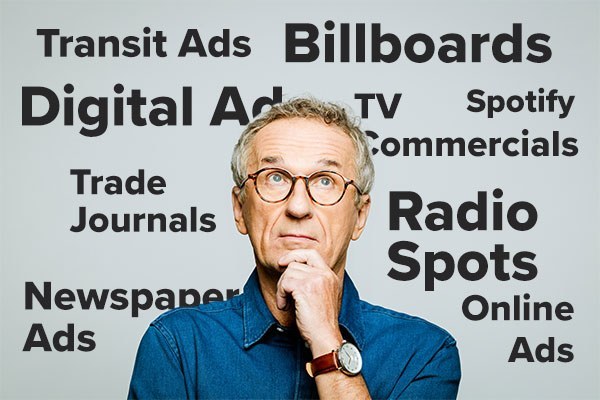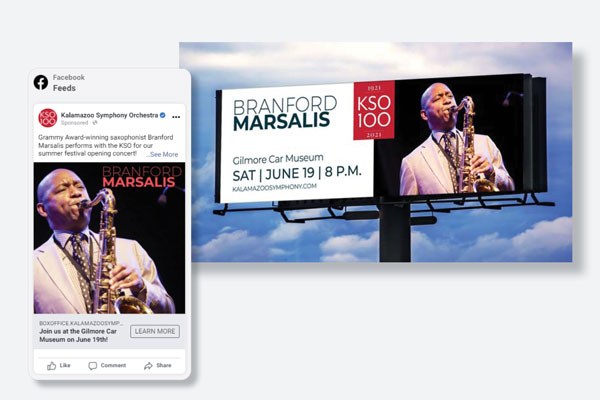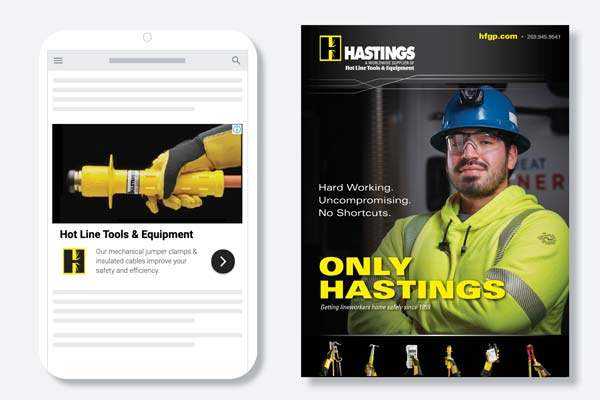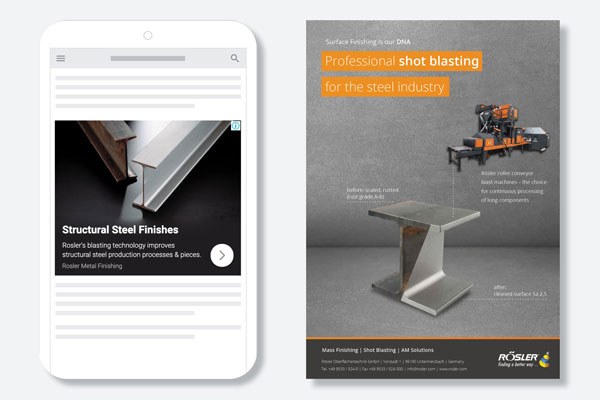We get a lot of questions about media strategy. While cost and ROI are at the top of the list, most discussions boil down to, “Which is better, traditional or digital media?”
The answer isn’t an easy “either/or” type response. The answer is simultaneously neither and both.
Let’s dive into the pros and cons of traditional and digital media.
What are the pros of traditional media compared to digital?
The benefits of traditional media include the opportunity to work and negotiate with media reps to develop custom plans – often with value-added features!
Compared to digital, traditional audiences are typically more captive; they look at a billboard sitting in traffic and see ads in their morning newspaper over coffee. These audiences can also be more easily reached as a result.
Traditional media is often more familiar to audiences, earning a higher rate of trust compared to internet sources without demonstrated longevity and consistency.
Unlike digital, traditional media sources also tend to be less cluttered and more easily seen. This visibility and a longer shelf life (think monthly magazines and quarterly journals) makes a wider audience more likely to notice the information.
The delivery methods are also more plentiful from inserts, magazine bands, billboard extensions, radio, TV, and more. Unlike digital media which requires a screen of some sort, there are also no privacy concerns such as GDPR and CCPA to address.
Where does digital media offer more benefits?
Just like a well-designed website, digital media is responsive. In terms of production time for the media itself as well as the ability to revise an active placement or stop one entirely, digital media can be managed quickly and presented consistently in a variety of formats.
A smaller budget can go farther with digital media and provide deeper insights than its traditional counterpart. Stats and tracking metrics unique to digital media help demonstrate ROI and provide tangible leads from carefully targeted audiences.
Depending on the type of digital media utilized, interactive features and movement can be included for a more engaging and meaningful interaction with audiences. What’s more, customizable and personalized tactics help an ad be seen and remembered over competing messages, making it more likely that a viewer will take the desired action.
What are the comparative cons?
For both traditional and digital media, presenting a timely message is always important. From the aesthetics of a campaign to contact information and sale dates, messaging and the websites they correspond to must be well maintained.
While the long-term use of traditional media provides a familiar, trusted source of information, coming up with something new and different can be a challenge. It’s guiding principles and uses are more black and white.
Digital is an ever-changing gray area. Successful use of digital media requires technical knowledge and understanding of the internet’s intricacies, including algorithms, SEO, and keywords. These nuances change rapidly, requiring frequent research and evaluation.
How can traditional and digital media work together?
Don’t get us wrong, a solely traditional or digital media campaign is better than nothing, but an integrated, hybrid approach will always work better.
It takes an average of 8-13 touches to drive an audience member to take an action. Utilizing a multi-pronged approach provides more times and different ways to rack up those touches.
For example, an audience member who sees your commercial while they are getting ready for work, hears your radio ad on their way to work, notices your billboard driving home for lunch, and then happens upon your digital ad while scrolling is far more likely to complete your desired action than a viewer of any single marketing tactic.
Since LKF’s inception in 1989, we’ve implemented numerous integrated campaigns. Recent success stories include:
- Online and print ads and eblasts for Rosler.
- Digital ads and billboards for Kalamazoo Symphony Orchestra.
- Print and digital ads for Hastings.
So, if you’re internally debating traditional or print media, contact us. We’ll help speak some holistic truths into your life and develop an integrated media campaign to deliver strategic results




